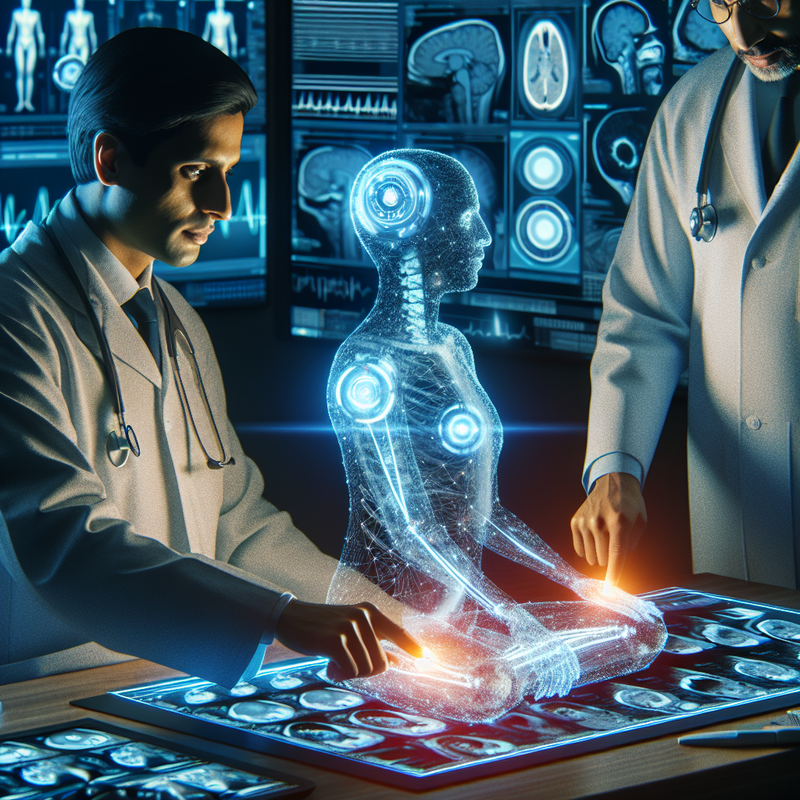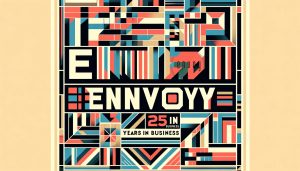Incorporating Artificial Intelligence into Radiology: Strengthening the Bond Between Doctor and Patient
The advent of increasingly advanced artificial intelligence (AI) is revolutionizing healthcare, compelling medical professionals to consider its expanding role. For physicians responsible for interpreting diagnostic scans, the progression of AI from a supportive role to potentially taking the lead in disease diagnostics raises crucial questions regarding its impact on the healthcare industry.
Evolution of AI within Radiology Over Ten Years
For roughly the past ten years, AI has cast a growing shadow across the field of radiology. AI systems are being developed to enhance precision, speed, and possibly even replace certain roles within the industry. Dr. Ronald Summers, a radiologist at the National Institutes of Health (NIH) and a researcher in AI, believes that the effectiveness of some AI tools is undeniable, and their integration into current medical practices should already be happening. Summers attributes a cultural resistance in the medical community as an obstacle to the widespread adoption of AI technologies.
In their everyday work, radiologists engage computer systems to better scan images and spot irregularities. However, next-generation AI applications can independently assess scans, provide diagnostic suggestions, and compose reports. These algorithms, which are trained on vast data sets of hospital images, are poised for greater clinical application.
Over 700 AI algorithms have obtained FDA clearance to assist physicians, yet a mere 2% of radiology practices have implemented such tools. Hesitancy stems from concerns such as whether the datasets for algorithm training reflect diverse populations, issues surrounding transparency, and the need for more extensive real-world validation.
Fostering a Collaborative Future
Some industry experts view the rise of autonomous AI in radiology parallel to how autopilot systems assist but are ultimately overseen by human pilots. Dr. Laurie Margolies from Mount Sinai hospital articulates the confidence that an AI second opinion offers to her patients, expressing to them the concurrence between her judgment and that of the AI.
Data-Driven Support for AI-Enhanced Radiology
Research from Sweden offers encouraging evidence on the benefits of the human-AI partnership, with studies demonstrating that a single radiologist assisted by AI can identify 20% more cancer cases compared to two radiologists working together without AI. Such synergies could help alleviate specialist shortages and significantly mitigate the workload on humans.
Navigating Legal and Ethical Concerns
The advantages notwithstanding, the potential for legal challenges related to diagnostic errors looms. This risk, along with the wariness of radiologists to put unconditional faith in AI, underscores the importance of preserving human involvement. It will require an algorithm of unmatched precision and dependability to shift this sentiment.
Striving for Equilibrium Between AI and Human Acumen
Presently, AI in radiology resembles an intelligent co-driver – its assistance is valued, yet its full potential will be realized when it can autonomously handle certain functions. The quest to strike an optimal balance between what AI can offer and the indispensable human expertise persists within the medical realm.
























